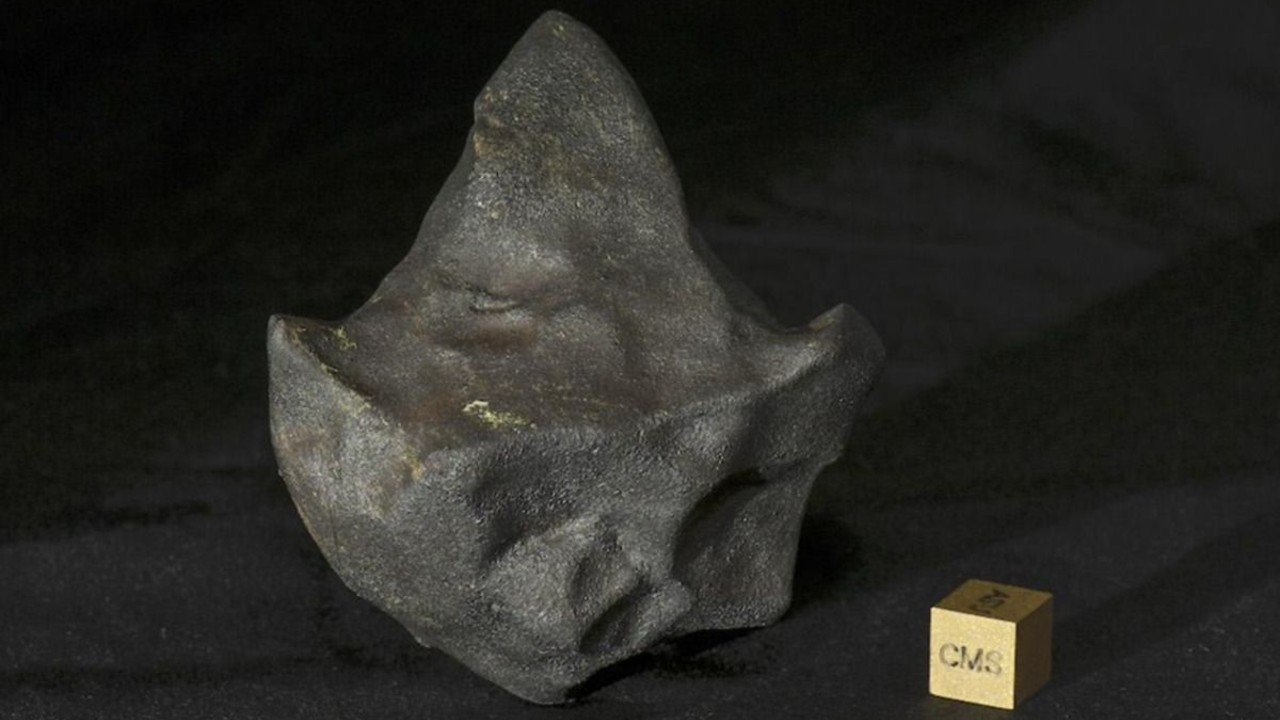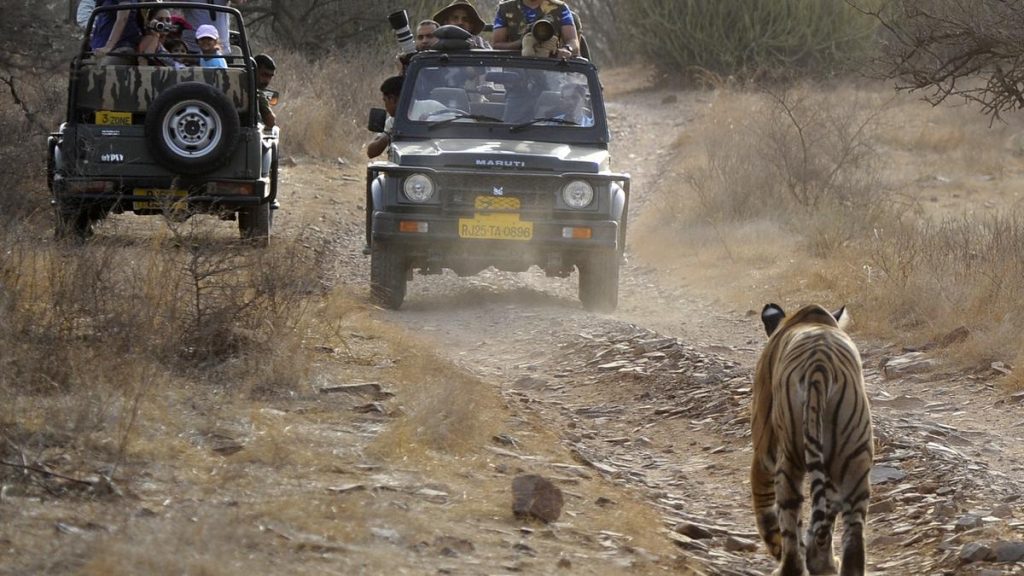Now Reading: Mudball Meteorite Survives Space, Lands in Central American Jungle
-
01
Mudball Meteorite Survives Space, Lands in Central American Jungle
Mudball Meteorite Survives Space, Lands in Central American Jungle

Quick Summary:
- A 146-gram fragment of the Aguas Zarcas meteorite from Costa Rica represents a rare type known as “mudball meteorites,” which are rich in water-containing minerals but survived space with minimal damage.
- The meteorite fell in 2019 and was recovered by scientists near the costa Rican town of Aguas Zarcas. Its survival defies prior assumptions that such water-rich meteors are weak.
- Video footage and scientific analysis revealed it entered EarthS atmosphere at an almost vertical angle (81 degrees) with a velocity of 14.6 km/second, reducing atmospheric resistance and preserving much of its original structure.
- Approximately 27 kilograms (60 pounds) of rocks were collected, marking it the largest fall since similar meteorites landed near Murchison, Australia, in 1969.
- Analysis indicates this meteoroid separated from its parent body about two million years ago-relatively recent compared to earlier events within Earth’s solar system history.
- Fragment satellite detection involved U.S.-operated GOES satellites equipped with lightning detectors.
- Findings reveal rounded shapes on surviving fragments suggest less collision damage during its travel through space compared to other typical meteorites.
Indian Opinion Analysis:
This discovery sheds light on how certain types of water-rich mineral (‘mudball’) meteorites survive space journeys against prior expectations about thier structural fragility.While originating from larger asteroids within the outer asteroid belt millions of years ago, their relatively recent dislodging opens insights into asteroid dynamics and possible water-related chemical processes crucial to early planetary formation-which holds implications for India’s own growing interest in planetary sciences.
As India aims for deeper involvement in international space exploration through missions like Chandrayaan and Aditya-L1, studying these collaborations can offer mutual learning opportunities regarding extraterrestrial resource mapping or astrobiological conditions elsewhere. Moreover appreciating shared tools-sciences development besides unique comparative dialog emerges spacing beyond solely celestial research development-read !




























